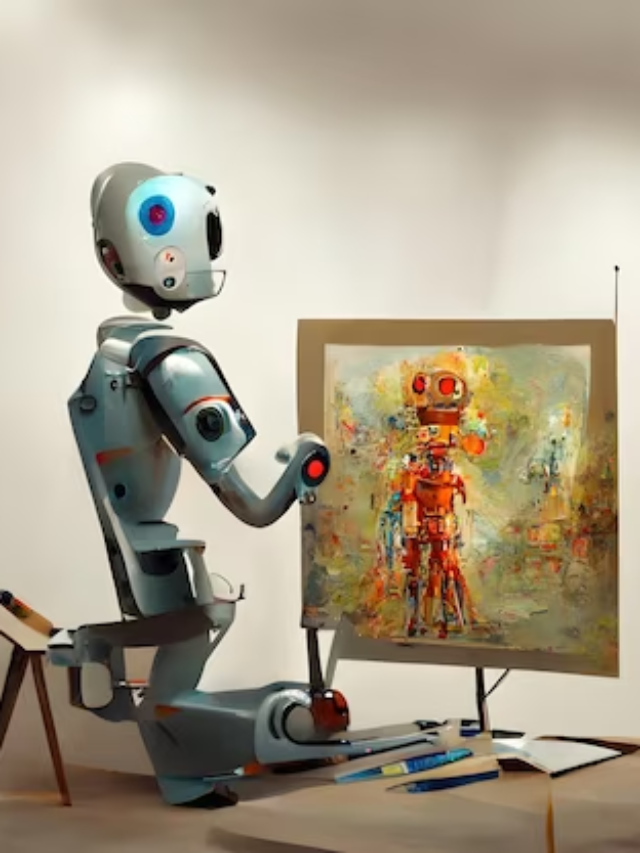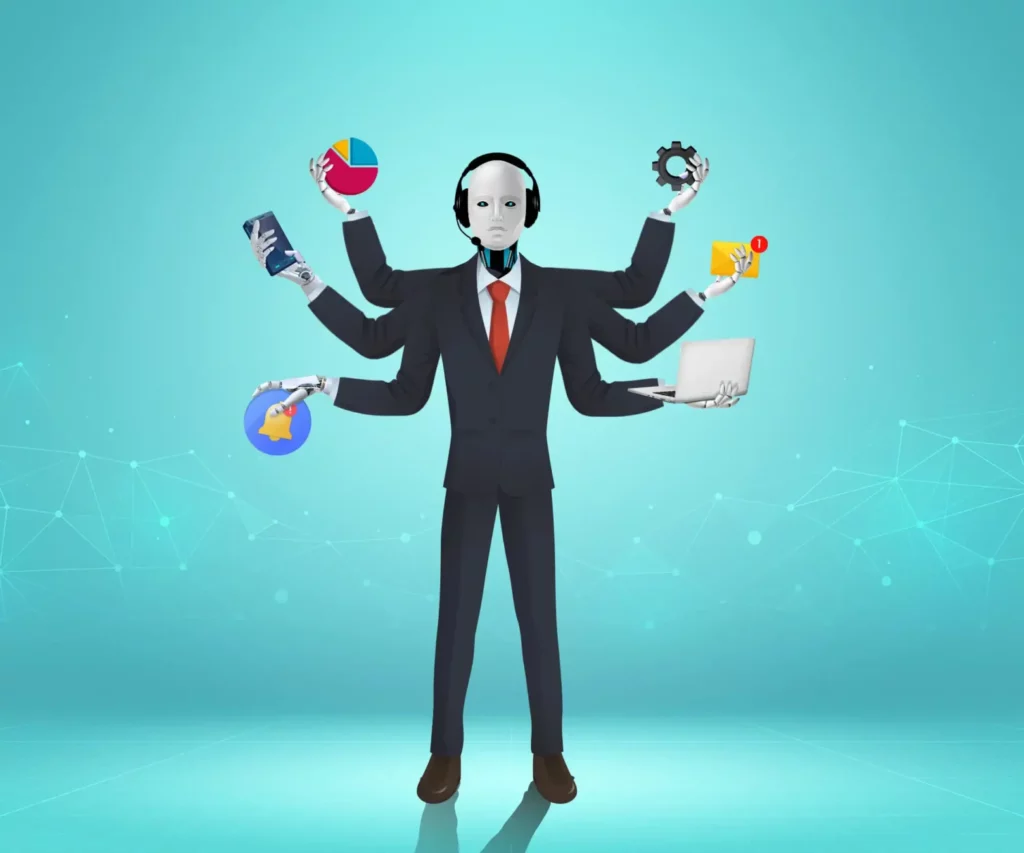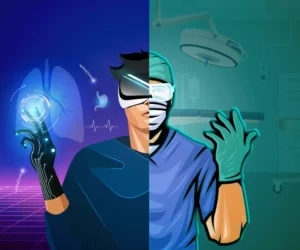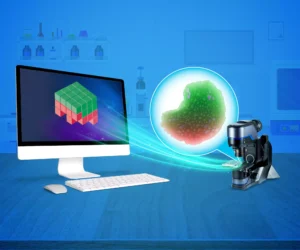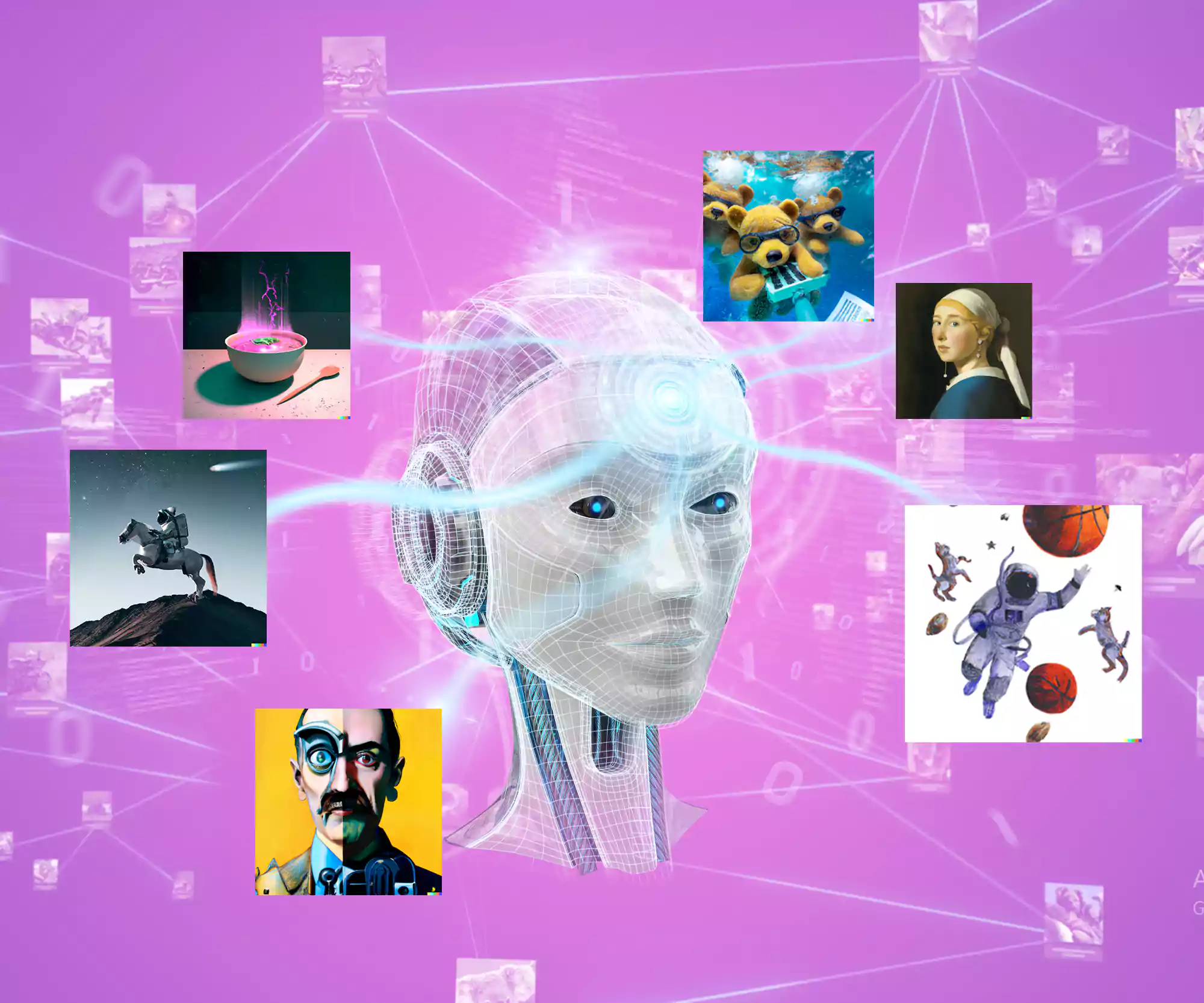
When the Portrait of Edmund de Belamy was auctioned off for $432,500 back in 2018, many an eyeball popped. Why? Something of an epoch-marker, this art piece has pride of place as the first ever product of computational creativity. This algorithm-generated AI art, made entirely by artificial intelligence, fetched 43 times its predicted value of $10,000.
So, what does this mean for art and artists? With AI’s foray into the world of original art-making, the question on everybody’s mind is—will AI take over humans as artists? And if yes, what implications will it have on society? What would it mean for humankind to concede to computer-generated intelligence for something as sublime and rewarding as creating art? Let’s explore!
Technology has proven its artistic side for centuries through its influence on the creation of art. For instance, the invention of photography in the 19th century helped artists experiment with dimensional aspects. In modern times, computers have taken forward this function by donning many hats. They play many roles in fine arts, music composition, architecture, installations, and performance arts. And look how far we’ve come now! With the advent of what is now called ‘computational creativity’, newer horizons and potentialities have become unlocked.
How does ‘AI art’ work?
At a simplistic level, AI art is art generated with the assistance of artificial intelligence. Machines mimic human intelligence using appropriate algorithms. However, through several stages of evolution, the invention of generative adversarial networks (GANs) has changed the face of AI art. A GAN is an algorithm that filters and cross-filters computer-generated art until it is an entirely original work.
They operate in a most curious style. Allow us to break it down:
Using a range of sophisticated neural networks and machine learning methods, GANs can train computers. They do so by feeding computers an array of images—from basic ones like pictures of cats to breathtakingly complex masterpieces like Da Vinci’s Mona Lisa or Van Gogh’s Starry Night. This selection of images is called the ‘training set’.
Two components work together to keep a GAN going—the generator and the discriminator. First, the generator creates art closely resembling the original subject (chosen from a training set of audio/video/image files). Next, the discriminator examines the generator’s art and lets the generator know if the art matches the original or not. If there’s a match, the art goes through. If not, the discriminator signals the same, and the generator tries to improve upon it. This process continues until the final work of art replicates the original exceptionally well.
Popular AI art tools
DeepDream
Released in 2015, Google’s DeepDream is one of the most popular AI art tools. Invented to help researchers explore the patterns created through machine learning, DeepDream today is an abstract art form in its own right.
Its name arises from the imaginative property of its generator. Here’s what we mean by that: have you ever tried to picture a house as having a human face? The windows as eyes, the tiled roof as hair, the door as the mouth? You can do that by comparing a human face’s features with a house’s facade. Your brain overlaid the former on the latter in a way that still made sense. That’s essentially what DeepDream does on its own. It studies an image, assesses all its patterns, and interprets that image in another creative, ‘dream-like’ form. Naturally, this makes for some surreal-looking art.
WOMBO dream
WOMBO dream is an application that uses descriptive text to create art. The app feeds its two neural networks (comprising a generator and a discriminator) with various pre-determined styles. Using two machine-learning networks aids in creating unique outcomes upon every request, as each rendition “learns” from the previous one.
DALL-E 2
DALL-E 2 is unique in its easy-to-use, accessible interface, making it possible for professional artists and amateur learners to use it just as effectively. Also famous for its speediness, it helps the artist create highly realistic images in very little time.
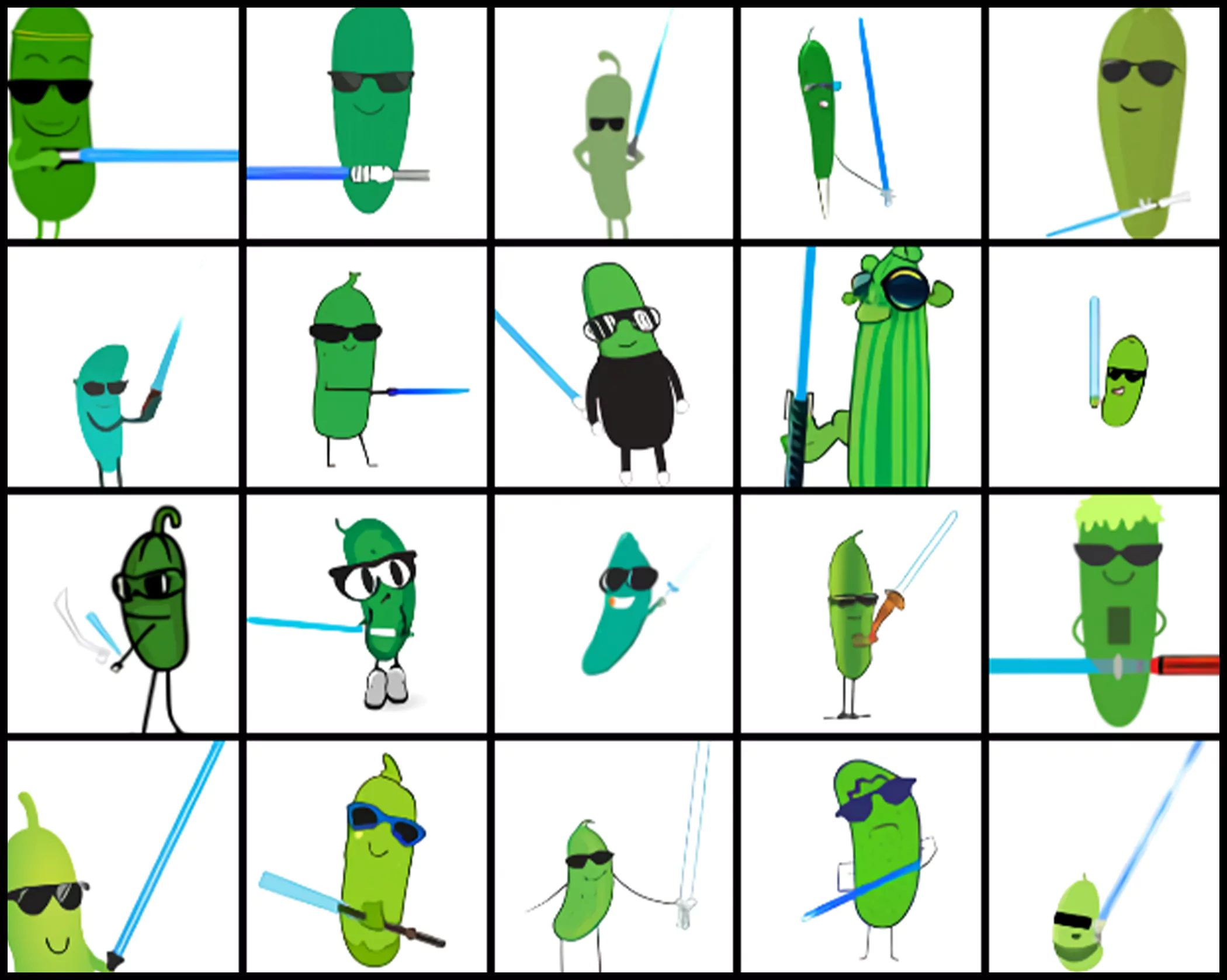
(https://openai.com/blog/dall-e/)
AI art: the critique of computational creativity
In simple terms, computational creativity is building software that could be considered “creative”, i.e., it displays behaviours that qualify as artistic. This software could potentially map human creativity and creatively collaborate with human artists. That said, it can also be an autonomously operating software that composes music, paints a picture, or writes a story.
Here it perhaps gets a bit tricky. Detractors tend to romanticise creativity and imaginative prowess as mystical gifts. Many connoisseurs revere the arts as a form of human exceptionalism, often associated with a type of spiritual exaltation. Something that sets humans apart, if you will. With the entry of AI, the lines get blurry. As many proponents claim, creativity can be investigated, replicated, and even simulated. In this case, many questions arise, like whether one can separate art from the artist and whether it is possible to appreciate it in a value-neutral manner. Moreover, can technology even be value-neutral for an algorithm that gains intelligence by “learning”? And, does autonomously made art, from non-human intelligence, even count as art?
It may be too soon to tell. As art is subjective, maybe artists deserve AI that disrupts the art industry and throws it open for those who don’t fit the cookie-cutter definition of ‘artist’. On the other hand, other critics continue to dismiss it as just an imitation game. In either case, we think it is best to be optimistic, as with any other technology. Here’s hoping AI does not replace humans’ role in creating art but continues to enhance and diversify it.
